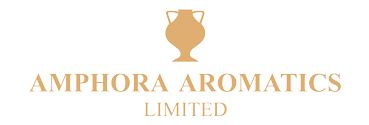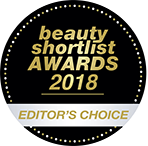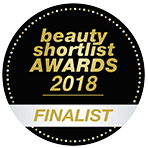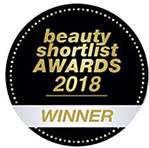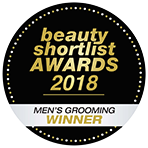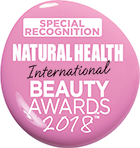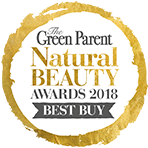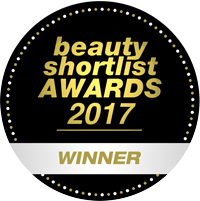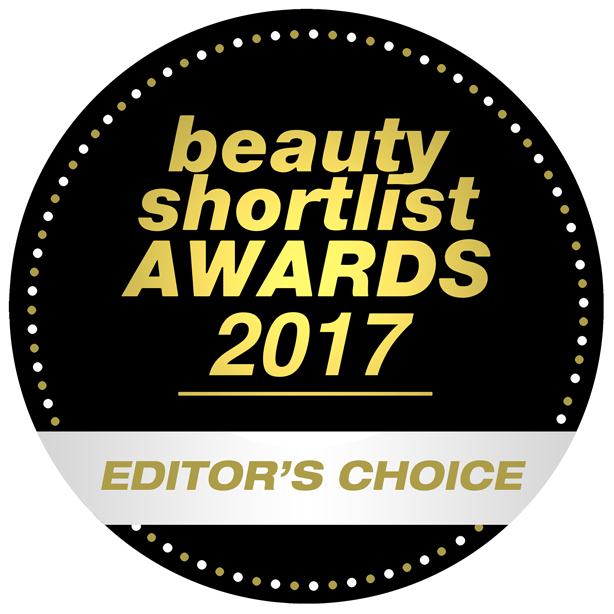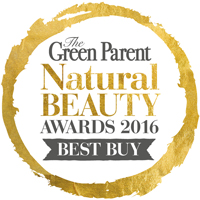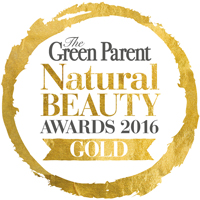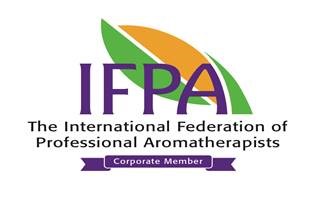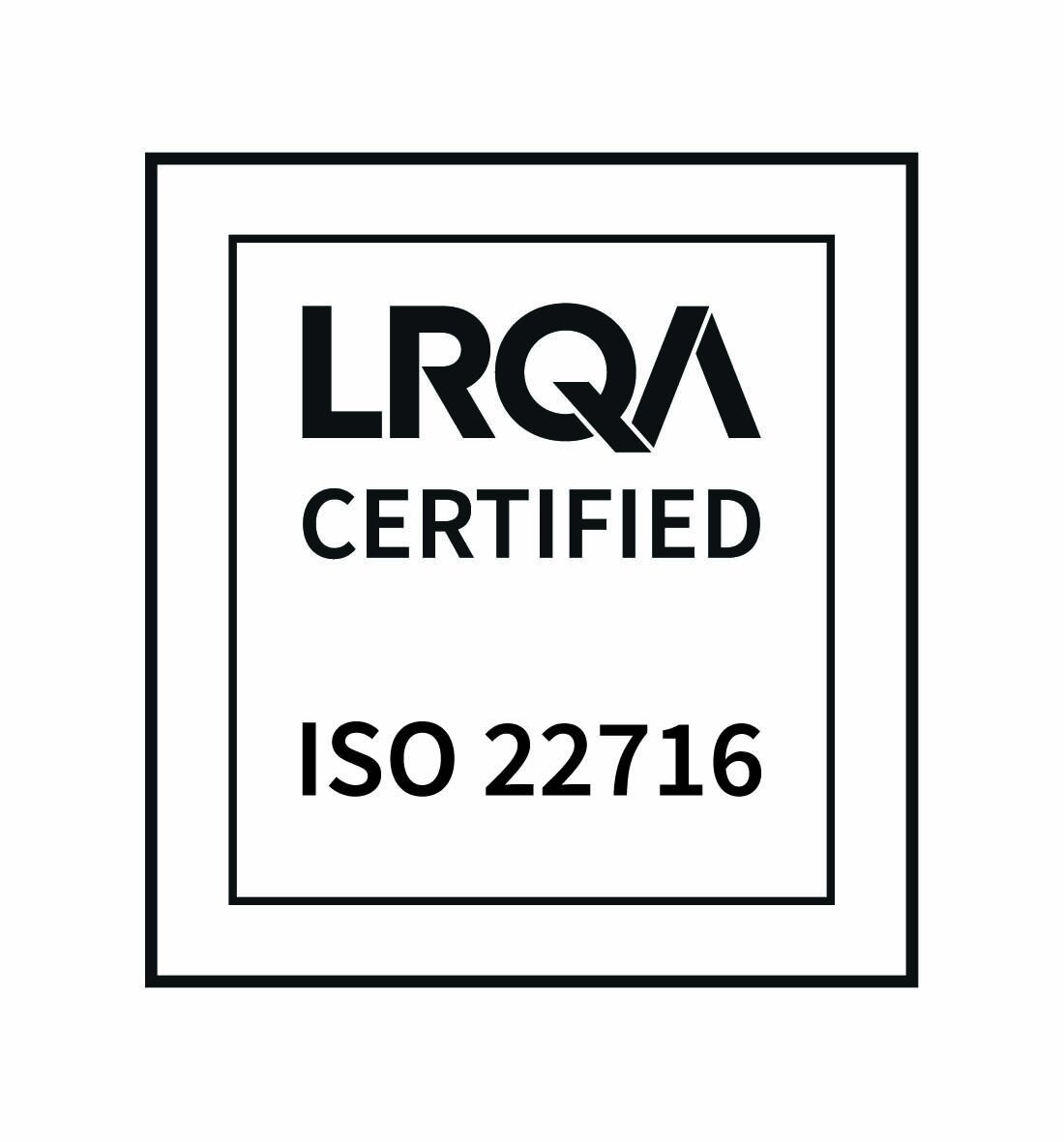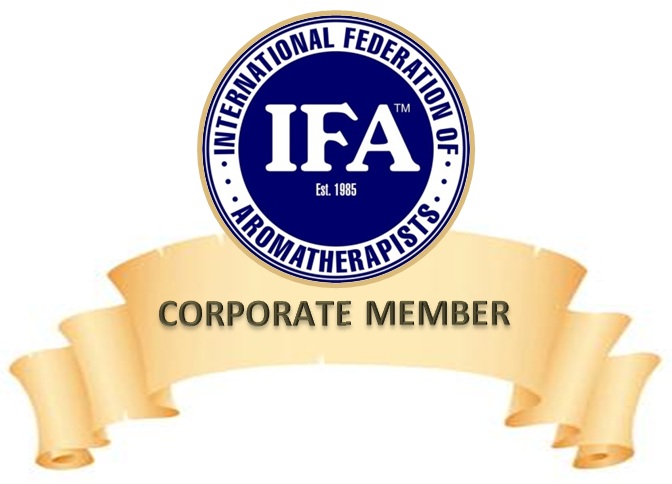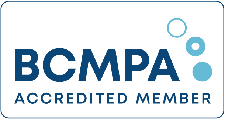Aromatherapy is:
The use of natural ingredients, such as essential oils and herbal extracts, to create treatments which promote mental and physical wellbeing.
Pure essential oils are extracted by various methods from many different plants. Each oil has its own individual profile which means that there is an essential oil for pretty much every conceivable problem.
Aromatherapy is now used extensively alongside modern medicinal techniques as more and more people recognise the benefits of using the power of nature as well as the power of science.
Whereas conventional medicine practices concentrate mainly on fixing physical symptoms, Aromatherapy treatments take a more holistic view and are aimed at easing and soothing the mental issues oftenassociated with illness as well as the physical problems themselves.
Aromatherapy beginnings:
The term Aromatherapy was only introduced around 100 years ago but it’s thought that humans have been utilising the natural benefits of plants and oils since the first of our species evolved.

There is evidence that the first humans to evolve on Earth used plants as medicine and for other health benefits. Archaeologists have discovered traces of plants that we now know have medicinal and therapeutic properties in the burial and dwelling sites of the earliest humans from around 400 thousand years ago.
The Aborigines of Australia crushed leaves of the Tea Tree plant and used the paste as a natural antiseptic and disinfectant for thousands of years – a practice which continues to this very day. In the 1920’s it was proved that Tea Tree was a much more powerful antiseptic than the most commonly used alternative of the time.
Ancient Egyptians used Cedar and Myrhh for embalming purposes helping to preserve bodies until their discovery thousands of years later.
Jars of frankincense were found in tombs dating from 3000BC. Formulae were inscribed onto stone tablets, which is how we know so much about what the Egyptians of that time were doing with natural ingredients.
The Nile Valley in Egypt (also known as the ‘Cradle of Medicine’) was a popular destination for people from other cultures. Many visited this area to gain knowledge and discover more about the use of plants.
The Greeks in particular benefitted from this sharing of knowledge, particularly Hippocrates (from whose name we get the term “Hypocrattic Oath”).

Hippocrates was a visionary and his work became highly important in the early development of the usage of plants in medicinal treatments. He was a prolific writer on the subject and so helped many others to understand the best ways to use the natural properties of plants and herbs – both at the time and ever since.
Another important name in the fascinating history of Aromatherapy is that of Abd Allah ibn Sina, more commonly known as Avicenna. He spent a lifetime accurately describing 800 plants and their potential uses having been a child prodigy and qualifying as a doctor by the time he was 18.

He also presented exact instructions for massage and he is believed to have discovered (or at least perfected) the process of distillation for producing essential oils – his methods still resonate even today.
There is a deep and varied history of the use of plants and herbs for medical purposes in India and China. Traditional Indian Ayurvedic treatments date back thousands of years, while many of the traditional techniques used for millennia in Chinese medicine are now common place around the world – think acupuncture, shiatsu or the use of herbal medicines.
We’re all familiar with the concept of a delicious scented bath nowadays. It was the Romans who developed this idea in their public baths. Essential oils were used both in the water and in massage.
Journeys of Knowledge:

Europe was comparatively late to embrace the benefits of Aromatherapy. There is little evidence of even basic knowledge or indeed the use of herbal medicine in Western Europe until around the time of the Crusades between the 11th and 13th century.
Knights and soldiers returned from their voyages bringing perfumes, stories and knowledge of new discoveries in the world of natural medicine. Europeans started to experiment with the plants growing in their own countries – Lavender and Rosemary among them.
References to Lavender water and methods of making infused oils can be found in mediaeval manuscripts.
During the Middle Ages people wore herbal bouquets (known as trussy-mussies) and carried plants to protect themselves against infection. Henry VIII established a charter in 1543 proclaiming the right of herbalists to practice.
Developments in theories and practice:

Nicholas Culpepper and John Gerard both published books (‘The English Physician’ and ‘The Great Herbal’ respectively) on the subject in the 17th century as the knowledge and use of herbal medicine became ever more widespread.
During the 19th century developments in chemistry made it easier to extract oils. Advancements in printing techniques enabled many more books and texts on the subject to be printed. This had an effect in two ways.
The positive effect was that Aromatherapy practices became even more popular. However, it also had what was to become a negative effect in that it became much easier to focus on the individual elements of essential oils.
This ultimately led to the creation of artificial synthetic versions of these elements. These were much cheaper and became more readily available as they were produced on a much larger scale than the natural originals.
Due to the amount of money the companies producing these new synthetic products made they were able to discredit the very thing that had prompted their success. So, despite thousands of years of tradition and success, herbal medicine was taken less seriously and derided by scientists and the media.
Aromathérapie:

In the 1900’s a French chemist called René Maurice Gattefossé discovered that Lavender Oil helped burns to heal and also prevented scarring. This happened after he burned his hand while working in the family perfumery business. He sank his hand in to a vat of Lavender and noted the extraordinary results. The Lavender oil helped his burns to heal and prevented scarring.
As a result, Gattefossé used various oils on the wounds suffered by soldiers in the First World War and saw that the soldiers recovered much quicker than by using conventional means alone.
Gattefossé coined the term “Aromathérapie” and first used the term in a research paper published in 1928. This prompted several other French scientists to continue Gattefossé’s research.
Perhaps the most prominent of these was Dr Jean Valnet who broadened research in to the effect of essential oils on psychological disorders and also used oils to treat soldiers and combat disease during the Indo-China war between 1948 and 1959.
One of the followers of Valnet’s work was Marguerite Maury. An Austrian biochemist, she was responsible for bringing aromatherapy to the UK. She discovered that essential oils used during massage were easily absorbed into the skin and in the 1940’s she set up several aromatherapy practices.
Her students then set up their own practices and the tradition of aromatherapy in beauty and massage treatments became firmly established in Britain as a consequence.
Modern Day Aromatherapy:

In 1977 Robert Tisserand published “The Art of Aromatherapy” which concentrated more on the health and clinical therapy benefits of essential oils and plant extracts.
In modern times aromatherapy has become recognised as a genuinely useful and effective addition or alternative to modern medicine as well as becoming an increasingly vital ingredient in many big name cosmetic and skin care preparations.
People have become more aware of the sometimes dangerous synthetic chemicals used in almost every area of modern medicine and a desire and need for more natural therapies has seen aromatherapy grow in popularity once again.
Ongoing research has often proved what many millions of people already knew about some essential oils and has shown many of them to be effective natural alternatives. For example, Nottingham Hospital offers an aromatherapy service for women in labour. There are many published articles on the benefits of aromatherapy in the treatment of cancer
As with any medical treatment, Aromatherapy does not claim to be some sort of magical cure-all. It is incumbent on us all to look after our own bodies and minds, to take regular exercise to benefit both the physical and mental elements of ourselves and to take responsibility for what we put in to and on to our bodies.
Aromatherapy can be practised at home without expert instruction but care should always be taken when using essential oils. Contraindications should always be carefully checked for each oil before use and if any doubt arises a professional aromatherapist should be consulted.
Medical complaints should normally be treated first and foremost by medical professionals. However, this is a personal choice and if you are interested in a more natural path to health then aromatherapy can be a fantastic option.
Modern aromatherapy remains an important and, many feel, necessary part of a healthy lifestyle to promote physical and mental wellbeing.

